In central Louisiana, the U.S. Forest Service is spearheading efforts to restore river cane, a bamboo-like plant that played a vital role in Native American culture for thousands of years. This significant piece of tribal heritage has become increasingly rare, prompting an effort to bring it back.

cultural heritage at risk
Rose Fisher, an elder of the Jena Choctaw Tribe, takes me to a roadside patch of river cane in the town of Jena, Louisiana. She’s looking for the best cane for making baskets. Fisher taps a cane stalk with her pocketknife, listening carefully. “The cane has a sound to it,” she explains. “It makes that perfect sound that it’s ready to use.”
baskets of rivercane

Holding up a nearly 200-year-old basket made by one of her ancestors, Fisher highlights its importance. The basket was likely used to store or dry food, she explains. Additionally, river cane has been crafted into various tools and instruments, including whistles and blowguns.
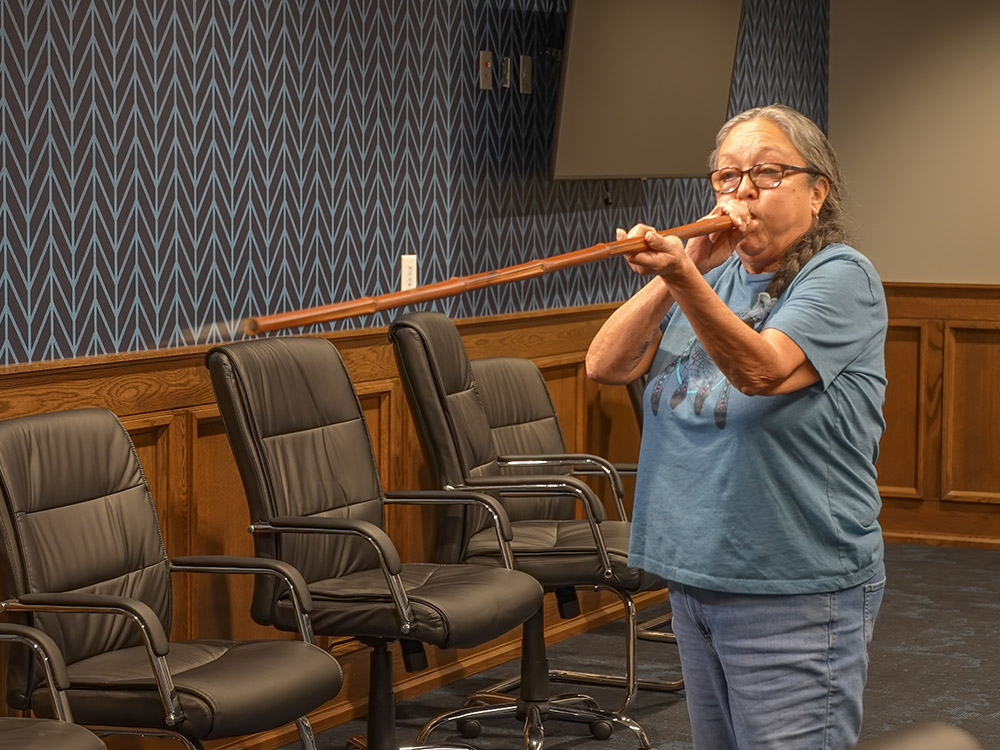
Fisher picks up a long hollow piece of cane and explains that it is a blowgun made by her grandfather who used it for traditional hunting. Standing in a conference room, she loads the back end with a slender dart. And with a puff of air, Fisher shoots the dart into a cardboard box with a loud pop.
reviving louisiana river cane featured on tv
The decline of river cane can be attributed to land clearing for agriculture. “They started digging it all up,” says David Moore, a botanist with the U.S. Forest Service. “And that was pretty much the end of river cane.” The tribal lands of the Jena Choctaw, located near the Kisatchie National Forest, are part of a broader initiative by the Forest Service to reintroduce this valuable plant. “We’re trying to bring it back for the Native Americans to use for their tribal purposes,” Moore adds.
the future of river cane on the farm
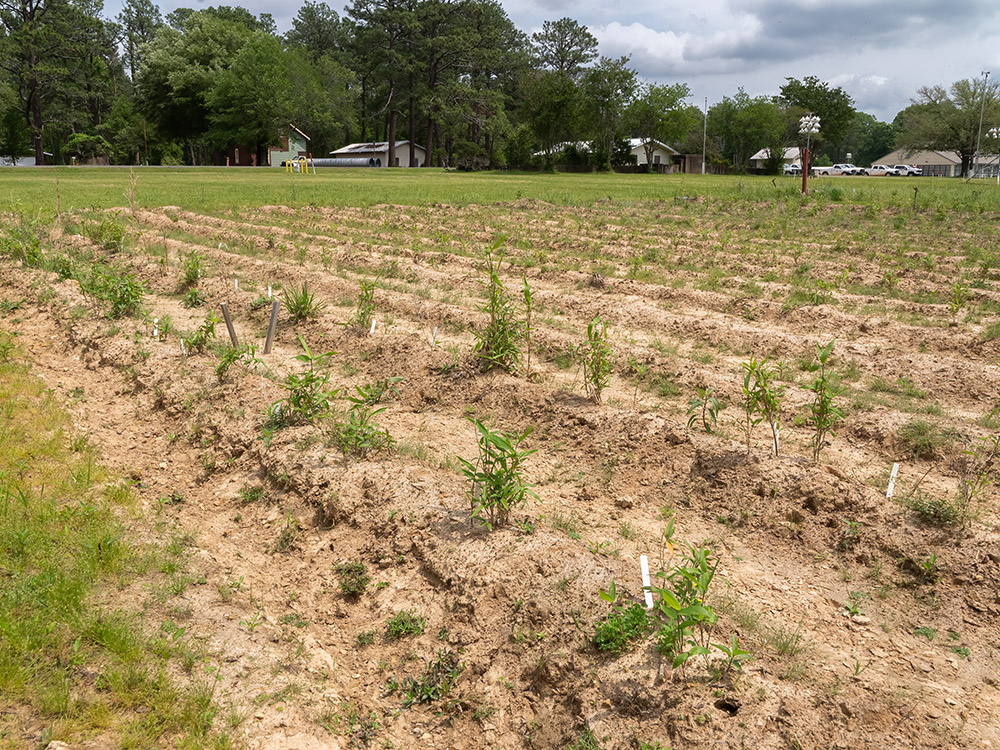
River cane has been planted on a Forest Service farm, marking a first step toward restoration. However, it will likely be another decade before the cane is mature enough to benefit the tribes. Matt Helmer, who manages the Heritage Program for the Forest Service, emphasizes the historical connection of Native American tribes to the Kisatchie National Forest, with evidence of habitation dating back at least 10,000 years. “Archaeologists have uncovered hundreds of former camp and village sites,” Helmer says, underscoring the deep-rooted ties between the land and its indigenous people.
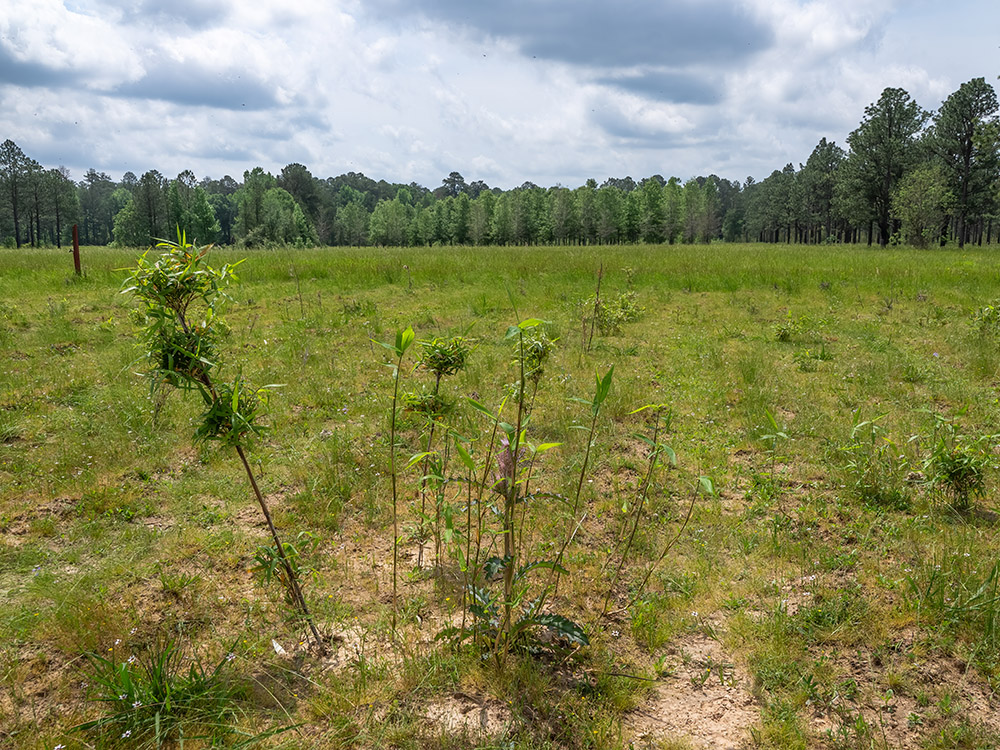
For tribal members like Fisher, restoring the native cane is more than an environmental project, it is a cultural imperative. “It’s my culture,” she states. “It makes me have the connection I need with the earth.”

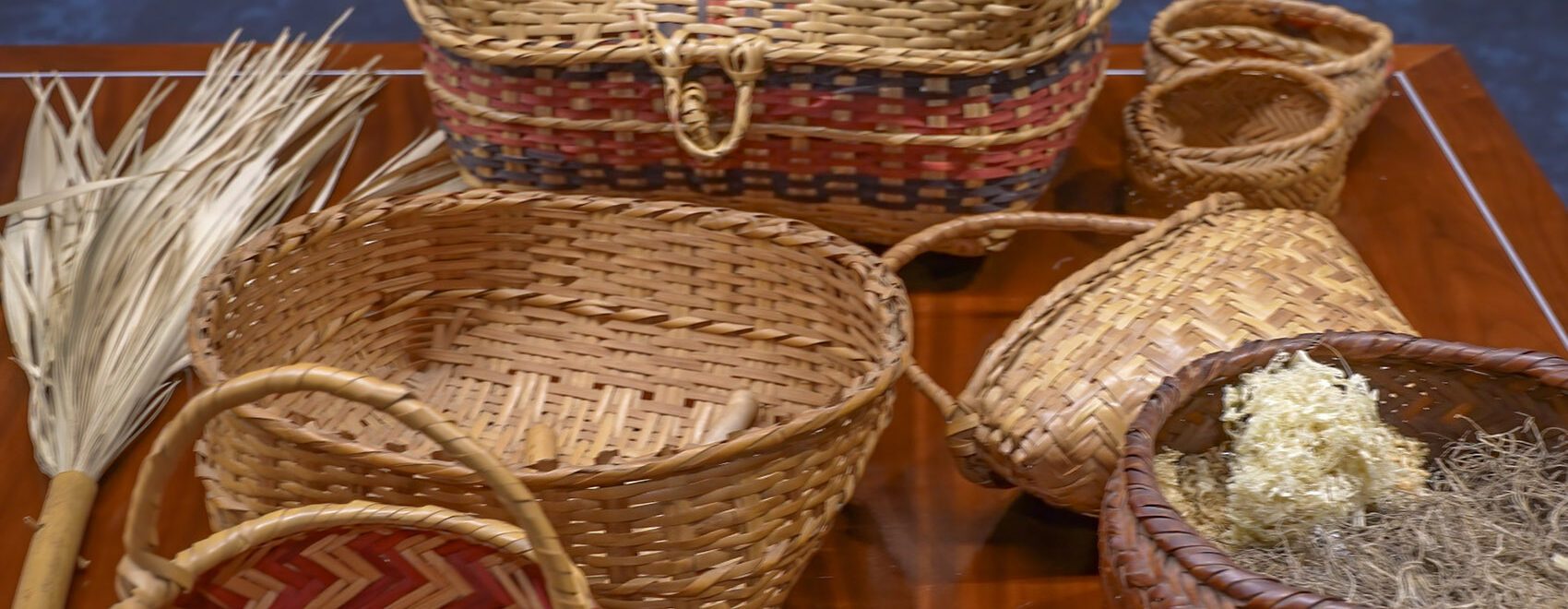
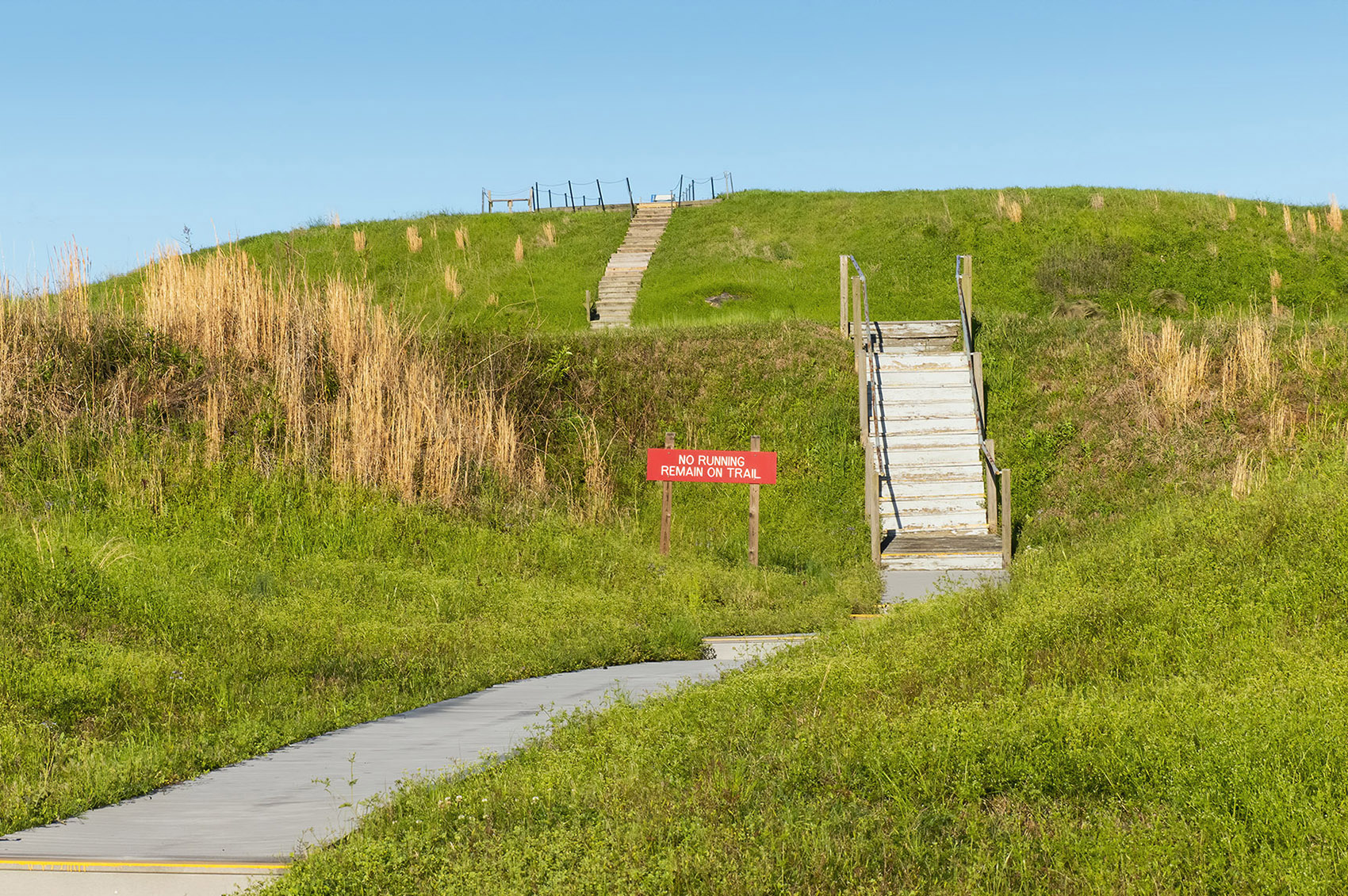


Leave a Reply